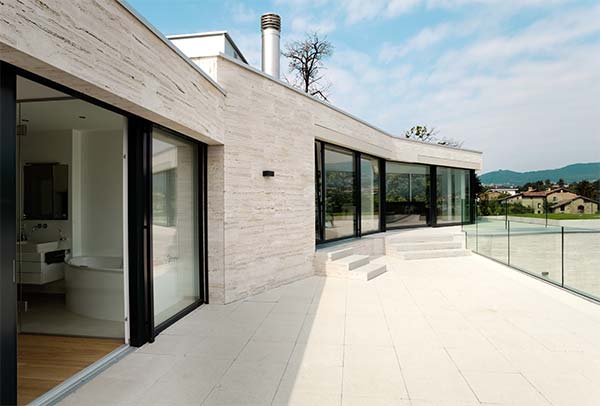
8 Ways to Reduce Your Remodel Budget
There’s no way around it: remodels are expensive endeavors. They are more than a way to beautify your home. They are a way to maintain the structural integrity of the house and are often a necessary part of homeownership. There are some smart ways to reduce your remodel budget without compromising quality that only require a little extra work.
Deconstruct rather than demolish. Deconstruction is an environmentally sound way to demolish parts of your home so that building materials can be salvaged and donated.
What’s great about this is that if you deconstruct rather than demolish the parts of your home you’re remodeling you can get a much appreciated tax write-off. You’ll need to work with a deconstruction contractor and an IRS-qualified used building materials appraiser to determine the value of your used building material donations which often pays for the costs of deconstruction. Pay it forward by picking a charity that focuses on salvaging donated building materials.
Use recycled or refurbished materials. This is becoming more common now that design trends are opening up to allow for unique pieces, fixtures, and tastes. You will be truly surprised at what you can find at architectural salvage yards and at what price! Who doesn’t love a great deal? Plus, it feels a little bit like a treasure hunt at a flea market.
Stay within the existing footprint of your home. Bigger isn’t always better. If you can alter the floor plan to make the space work for you without actually adding square footage, you’ll save thousands–maybe tens of thousands–of dollars.
Resist the urge to splurge. If you must, and I know you want to, splurge in areas that receive a lot of traffic on a daily basis, like kitchens and bathrooms. You’ll get the biggest bang for your buck in these areas.
Keep the plumbing where it is. Do you like the core layout of your kitchen or bathroom? If so, you may be able to get away with changing only non-plumbing elements and cosmetic up-grades. If not, one “little” move to relocate something as small as a sink will involve a lot more work–and cost.
Maximize natural lighting without windows. Consider adding tubular skylights as an alternative to pricey, floor-to-ceiling windows. They’re compact, cost-effective, and energy-efficient alternatives to traditional skylights.
Ask if any of the bells and whistles have more reasonably-priced alternatives. It won’t hurt to look for alternative lighting, plumbing fixtures, and decorative finishes. There’s a good chance you’ll find something similar that you love for a fraction of the price!
Consider doing reasonably-sized painting and clean-up jobs yourself. First, let me preface this by saying that while this seems like a great way to save money, it should be a last resort. Doing these finishing touches removes some of your contractor’s accountability for the completed work when wrapping up the project. However, sometimes it’s simply not practical to do this work well yourself. It takes years to develop the skills of a master painter. Also, hauling and disposing of construction materials is rarely worth the physical and emotional hassle, and the expense.




No Comments